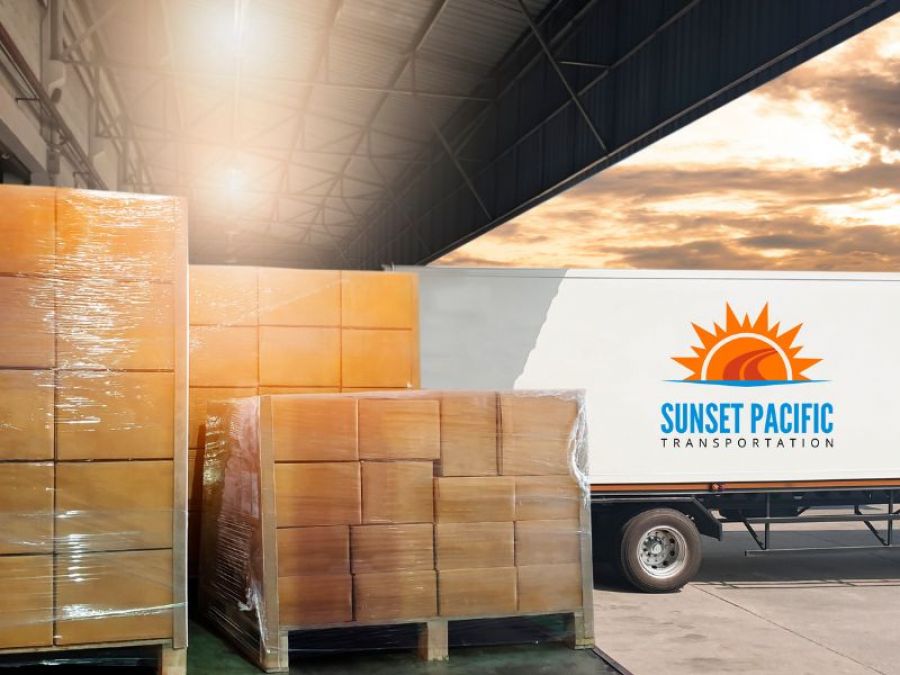Unlocking Cost Savings with Volume LTL Shipping

Volume Less-Than-Truckload (LTL) shipping is a logistics solution that provides cost-efficient transportation for larger, non-full truckload shipments. It allows businesses to secure dedicated space for their cargo without the expense of a full truck, offering a cost-effective middle-ground between LTL and Full Truckload (FTL) options.
What is Volume LTL Shipping?
Volume Less-Than-Truckload (LTL) is a shipping method that caters to larger shipments that don’t require a full truck but exceed the dimensions of standard LTL shipments. Key characteristics of Volume LTL include:
Dedicated Space: Shippers reserve dedicated space within a truck for their larger shipments, ensuring that their cargo is not co-loaded with other freight.
Cost Savings: Volume LTL provides competitive rates compared to FTL while accommodating bulkier cargo, offering cost-effective transportation.
Reduced Handling: With fewer stops and transfers, Volume LTL minimizes handling, reducing the risk of damage during transit.
Versatility: Ideal for businesses with irregular or larger shipment sizes, Volume LTL offers flexibility and tailored solutions.
Space Efficiency: It optimizes space within a truck, allowing shippers to utilize the available room efficiently.
Suitable for Specific Cargo: Volume LTL is suitable for larger, denser, or heavier shipments that fall between traditional LTL and FTL categories.
Cost-Saving Advantages of Volume LTL
Competitive Rates: Volume LTL carriers offer competitive pricing compared to FTL, making it an attractive choice for businesses seeking to reduce shipping costs.
Dedicated Space: Shippers secure dedicated space for their cargo within a truck without the expense of booking an entire truck, allowing them to maximize their budget.
Reduced Handling: Fewer stops and transfers in Volume LTL result in reduced handling, minimizing the risk of damage or loss during transit. This translates to cost savings by avoiding potential claims or losses.
Economical for Medium-Sized Shipments: Volume LTL is particularly cost-effective for medium-sized shipments that exceed the dimensions of standard LTL but do not require the full capacity of an FTL. Shippers can avoid paying for unused space.
When to Consider Volume LTL
Bulk or Heavy Freight: Volume LTL is perfect for businesses dealing with heavy or bulky freight. It allows you to secure the space needed for your dense cargo without overpaying for unused truck capacity, thus optimizing your transportation budget.
Flexible Pricing Negotiation: Volume LTL often offers flexibility in pricing negotiations. You can work with carriers to tailor rates based on the specific characteristics of your cargo, allowing for cost optimization based on your budget constraints.
Non-Time Sensitive Freight: Volume Less-Than-Truckload (LTL) can be the ideal choice for cost savings in scenarios where freight can tolerate slightly longer transit times. This is especially advantageous when cost-efficiency takes precedence over expedited delivery.
Steps to Unlock Cost Savings with
Optimize Space: Maximize the use of the space you’ve reserved within the truck. Ensure that your cargo is packed efficiently to make the most of the dedicated space while avoiding empty gaps.
Package and Label Efficiently: Properly package and label your cargo to minimize the risk of damage and streamline the handling process. Efficient packaging can help reduce handling costs and potential damages.
Choose a Reputable Carrier: Select a reputable Volume LTL carrier with a strong track record of reliability and cost-effective services. Research carriers, read reviews, and request quotes from multiple providers to compare pricing and services.
By following these steps, businesses can effectively unlock cost savings with Volume LTL, optimizing their budget while efficiently transporting larger shipments. It’s essential to tailor these steps to your specific cargo needs and budget constraints for the best results.
Real-World Examples
If you were to ship 10 standard pallets using Full Truck Load (FTL) shipping, it would spend 4 days in transit at $5,000.
If you were to ship 10 standard pallets using LTL traditional shipping, it would spend 7-10 days (weekdays only) in transit at $3,190.
Shipping 10 standard pallets using Volume LTL shipping, it would spend 4-7 days in transit at $2,295.
Conclusion
To reiterate, cost-saving advantages of Volume Less-Than-Truckload (LTL) include competitive rates, dedicated space for cargo without full truck booking expenses, reduced handling for minimized risk and cost savings, and cost-effectiveness for medium-sized shipments. Volume LTL optimizes budget while efficiently transporting larger cargo.
Volume LTL is your key to maximizing efficiency and minimizing expenses in freight transportation. Discover the benefits today!









